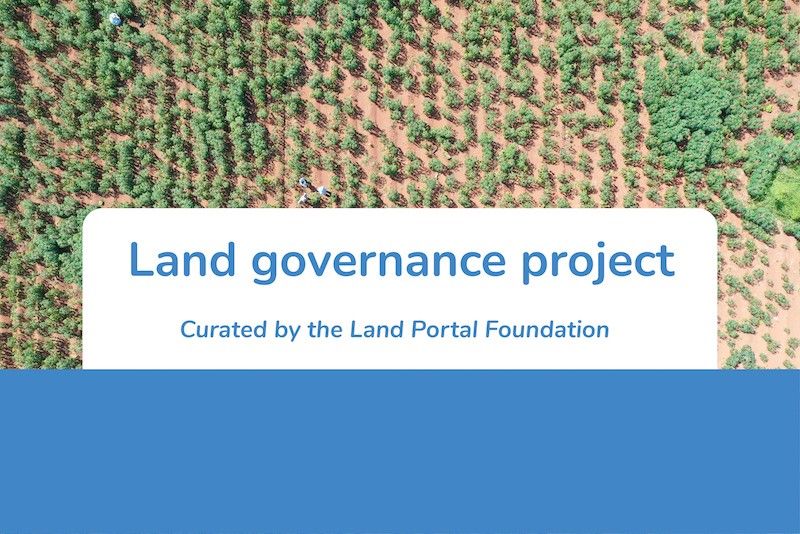Community / Land projects / To improve emergency Shelter and Non-food items response to people affected by conflict in Fangak and Ayod cou
To improve emergency Shelter and Non-food items response to people affected by conflict in Fangak and Ayod cou

€88208.52077
03/19 - 08/19
Achevé
This project is part of
Implementing Organisations
Donors
Data Providers
Objectives
This project aims to ensure the provision of emergency shelter materials, particularly in Fangak and Ayod responding to the emergency needs of conflict affected populations across the country. This project would possibly consist of seven key components as follows: the assessment, verification, storage and transportation, distribution and monitoring and reporting. The project will aim at responding to the current emergency situation in hard to reach areas of Fangak, and Ayod counties of Jonglei state. The items would be delivered to Fangak and Ayod through logistical cluster cargo in coordination with Shelter and NFIs cluster in order to address the time critical needs of the unforeseen influx of Internally Displaced persons (IDPs) to the affected area. However, given the shelter needs for the new arrivals in the Fangak and Ayod. ADA will focus mostly in robust shelters and some few reinforcement shelter kits respectively. The project will also seek to enhance the protection environment of vulnerable crisis affected girls, boys and youths to enable durable solutions through inclusive protection team and community engagement and establishment of community based protection networks. This will enabling conditions for realization of solutions and prevention of further displacement which leads to family separations identification of risks, dangers and impediments, advocacy and mitigation measures and peaceful co-existence initiatives. A total of 8,000 people (4,800 females and 3,200 males) will benefit from this project.4,800 of them which is 45% will be female and 3,000 which is about 30% will be males,400 which is 5% will be Host community and 2000 which is about 25% will be returnees. However, above all 5,600 which is 70% of the total affected population to be targeted by this project will be IDPs. In addition, the ADA emergency mobile team will continue to assess, verify and deliver assistance according to identified needs to affected populations wherever they are, and most likely in the most conflict affected Payams and Bomas in aforementioned counties. The ADA mobile team will carefully consider and tailor each response to the verified needs on the ground, paying particular attention to the most vulnerable and women and with an overarching focus on protecting the safety, security and dignity of populations targeted with assistance. This is because the IDPs are settled temporarily, with no information of how long they may spend in these locations, making it difficult for them to benefit from projects, such as distribution of plastic sheeting for shelter construction which require land ownership, which the IDPs currently have no access to services. Through proper consultation with Local authorities and meaningful community engagement ADA will bridge the current gaps and will ensure the participation of affected population through formation of difference categories of genders, ADA will be briefed but not limited to empowering community leader. Furthermore, during the implementation, ADA will integrate protection team into join missions response with aim to oversee and address the protection concern hence the protection team will display numbers of messages this includes the uses of Mosquito net, uses of fire extinguisher and proper uses of cooking set. ADA will write banners in local languages to eradicate the community on harmful practices. This project will bust the already existing resilient project that ADA is implementing the project will highly aim on localization and upgrading the local available resources.


